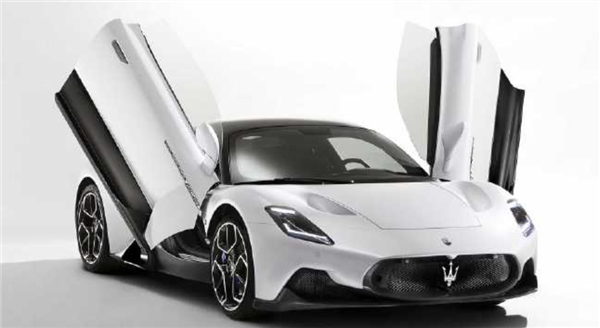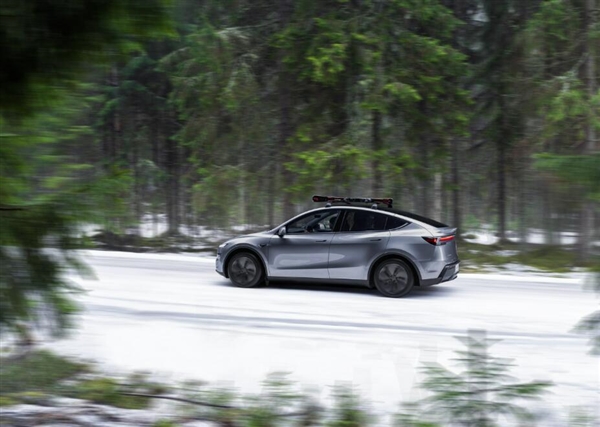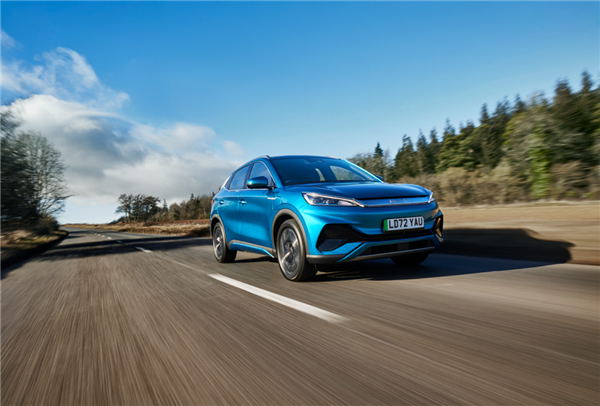July 31, 2025 – According to a recent report from Autocar, Maserati is seriously evaluating the introduction of plug – in hybrid powertrains into its vehicle lineup as a transitional step from traditional fuel – powered cars to fully electric vehicles. The new – generation plug – in hybrid version of the Quattroporte sedan is expected to play a significant role in this electrification push.
At present, Maserati’s three existing models are equipped with three distinct power configurations: a V6 engine, a mild – hybrid turbocharged four – cylinder engine, and a pure electric system. In an interview with Autocar, Chief Executive Officer Santo Ficili emphasized the importance of offering customers more options during the transition to electrification. “We need to maintain constant communication with our customers. They are currently a bit overwhelmed, as you can imagine, with choices like plug – in hybrids, pure electrics, and mild hybrids. We have to stay in touch with them,” he said.

Ficili also admitted uncertainty regarding the timeline for a complete shift to pure electric vehicles. “I don’t know when we will fully transition to pure electric. It’s definitely in our future, but the exact time is unclear. It depends on the pace of the entire industry. Before that, we still need to consider mild – hybrid and plug – in hybrid options based on technological development paths,” he explained.
Currently, Maserati’s existing platforms do not support plug – in hybrid systems. In contrast, Alfa Romeo, another brand under the Stellantis Group, is set to launch the new – generation Stelvio SUV and Giulia sedan based on the new STLA Large platform. This platform is capable of accommodating various powertrains, including internal combustion engines, hybrid systems, and pure electric drives.
Ficili hinted that Maserati would likely adopt the STLA platform in the future and strengthen its collaboration with Alfa Romeo to achieve greater “synergies.” This could lead to closer ties between the models of the two brands. For instance, the next – generation Giulia and Stelvio could serve as the platform foundations for the new Quattroporte and Levante respectively, with both electric and hybrid powertrain options available.
Maserati had initially planned to launch its first pure electric Quattroporte this year but announced last year that the vehicle’s release would be postponed until 2028 due to a commitment to delivering top – notch performance. At present, the development of this project is about halfway complete. If Maserati uses the platform of the next – generation Giulia for the new Quattroporte, it could significantly speed up the development process and reduce research and development costs.
Similarly, if the next – generation Levante is based on the Stelvio platform, Maserati could quickly re – enter the highly competitive sports SUV market and offer both fuel – powered and pure electric options, similar to what Porsche does with the Cayenne.
Ficili stressed that while the two brands should maintain distinct market positions, there is indeed room for collaboration in areas such as platforms, electronic architectures, software, and power systems. He did not confirm whether the two brands would further integrate their product lineups but revealed that they are working on a pair of “ultra – limited” flagship supercars, which are expected to be equipped with high – performance pure fuel engines and manual transmissions.












